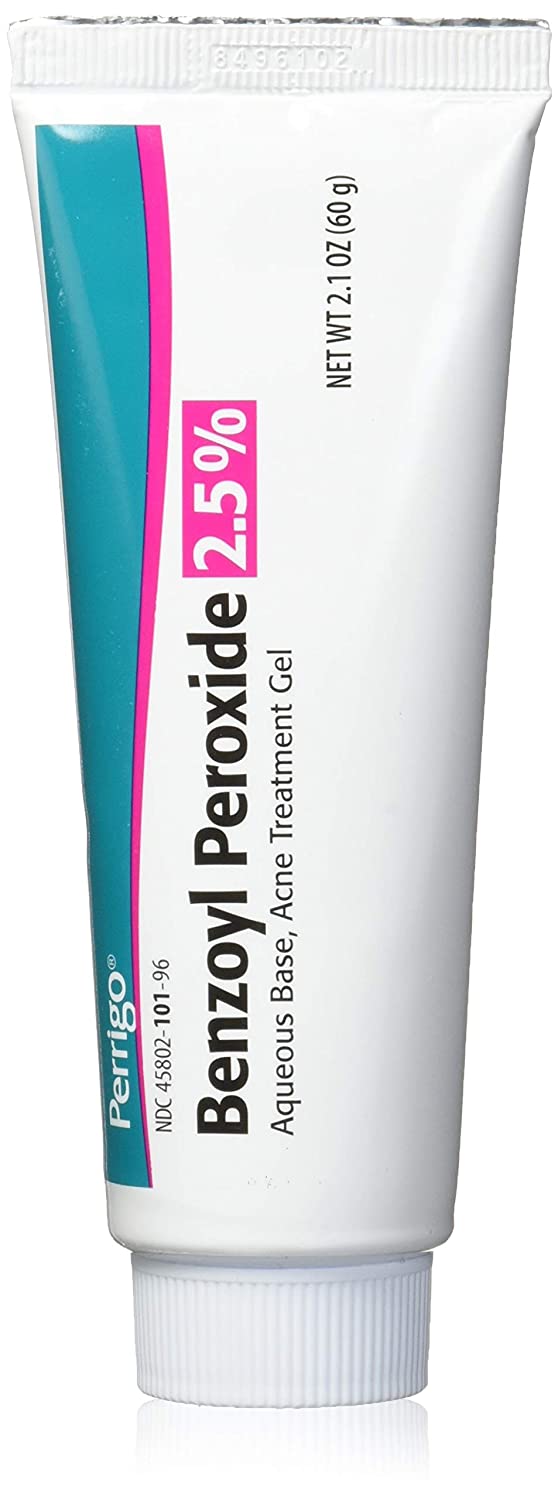A Dermatologist Wants You To Know That Those Painful ‘Armpit Pimples’ May Not Actually Be Pimples at All
"A lot of people, when they experience red or tender bumps in the armpit, they automatically think, 'Well, this looks similar to a pimple on my face it must be acne' and I want to dispel that because oftentimes it's not acne," says Dr. Lee. "It can be acne-like, but it can be caused actually several different things."
What causes armpit pimples
There are two main causes behind those pesky bumps under your arms that look (and often feel) like zits: ingrown hairs and folliculitis. "Ingrown hairs happen when the hairs in that armpit area become bent or twisted so that they aren't coming out of the skin properly, which can cause localized inflammation and tenderness," she says. "You can also get folliculitis, which is when you have inflammation. This happens either due to friction from wearing certain clothes that are rubbing in the area, or from a localized bacterial infection around the follicles." These can look like small pimples, cysts, or even boils." (Side note: bacteria is also the reason why armpits smell.)
{{post.sponsorText}}
These conditions usually pop up in the form of one-off bumps, and are fairly easy to treat on your own (more on that, below). If you're experiencing recurrent, painful breakouts under your arms, though, it may be due to a condition called hidradenitis suppurativa. Similar to facial acne, this condition is characterized by microscopic plugs in your pores. But, this is much different than typical pimples—it's an inflammatory medical condition, and you'll want to book an appointment with a board-certified dermatologist to come up with a treatment plan.
How to treat armpit pimples
If you've ruled out hidradenitis suppurativa, you can usually treat ingrown hair and folliculitis-induced bumps at home. First things first, though, you'll want to keep in mind that the skin under your arms is more sensitive than the skin on your face, so the usual products you rely on for treating acne may be too strong to use in this area.
"Given the anatomy and where the armpit is, which is in the flexural space in that little nook of your body, anything you put onto your armpit skin is going to penetrate the skin much more easily than that on your face," says Dr. Lee. She explains that because the side of your body is pushing the ingredients into your skin, it's basically the same as putting saran wrap or a bandage over it.
If you've just got one bump, Dr. Lee suggests using a warm compress. "Soak a hand towel in warm water, ring it out, hold it to that area to hopefully encourage draining of that localized infection," she says. If that doesn't work or you have multiple little tender bumps in that area, "then you may want to think about an over-the-counter antibiotic or go to a dermatologist or primary care for a prescription antibiotic gel."
As far as over-the-counter topicals go, she recommends using a formula that's got a low concentration of benzoyl peroxide, ideally between 2 and 5 percent. "Benzoyl peroxide in and of itself can be irritating, and the last thing you want to do to an already tender area is then to add an irritant, which is why I usually recommend a lower-strength benzoyl peroxide gel," says Dr. Lee. Use the gel twice a day, and if you don't see any significant improvement after five days, check in with your doctor.
How to prevent armpit pimples
1. Wash up daily
"If it is an ingrown hair or if it is folliculitis that's caused by irritation... then usually reflecting upon and returning to the basics of hygiene is really important," says Dr. Lee. Make sure you're regularly cleaning your underarms with gentle soap and water to get rid of any bump-inducing bacteria
2. Regularly exfoliate
Your skin is constantly creating new cells, and when dead ones build up on the surface it can contribute to the growth of ingrown hairs (since they aren't able to poke through all the debris) and harbor bacteria that leads to folliculitis. Because of this, Dr. Lee recommends gently exfoliating your underarms on the reg, which helps get rid of this buildup and in turn can prevent armpit bumps from popping up.
3. Ensure hair removal tools are clean
If you're removing hair from your underarms, Dr. Less says to make sure you're using clean razors/tweezers/wax so that you're not introducing any new bacteria into the area, which can cause folliculitis.
4. Shave in the direction of hair growth
"When you're shaving, shave in the direction of hair growth, which is very counter-intuitive to what we often do," says Dr. Lee. "Most of the time, we think if we need to get a clean shave, we actually shave against the direction of growth. To actually prevent ingrown hairs and frictional folliculitis, you need to with the direction of hair growth."
Loading More Posts...
